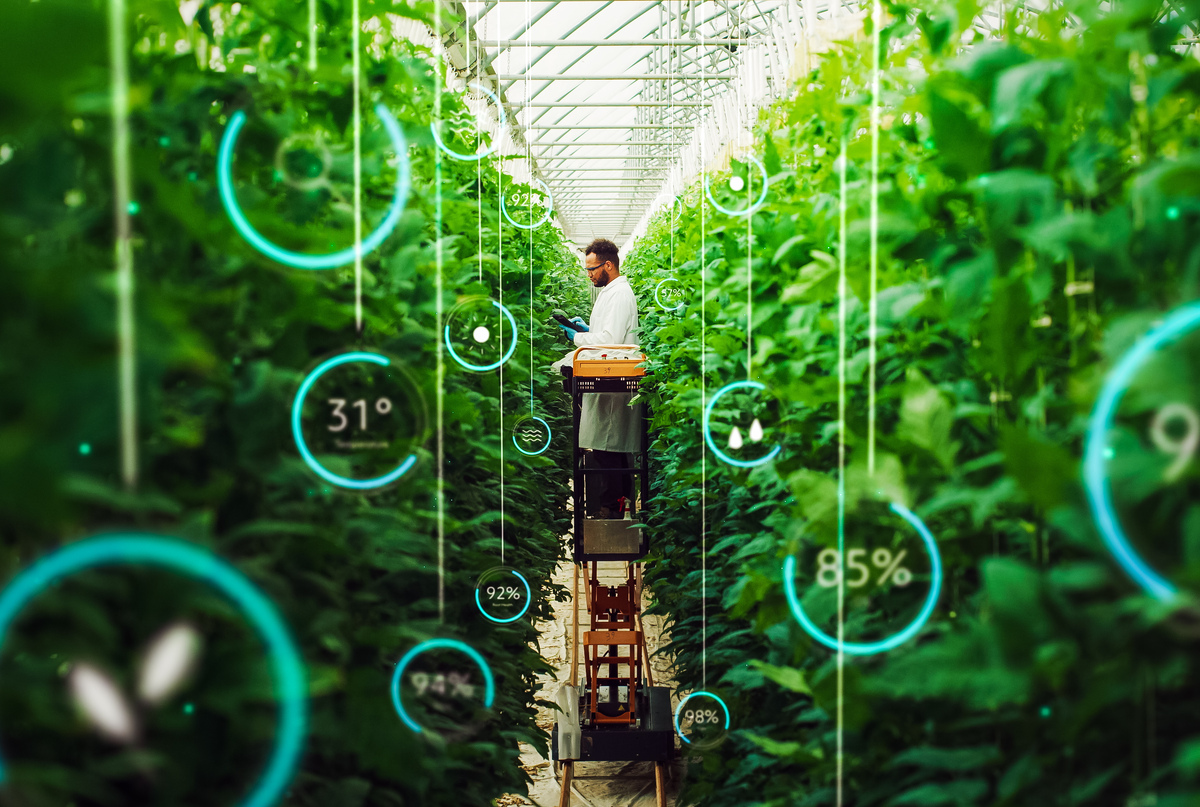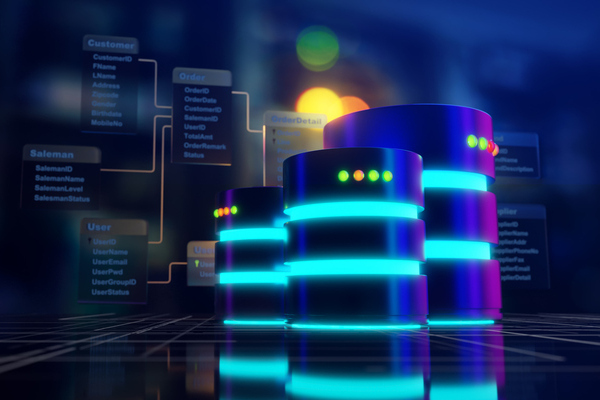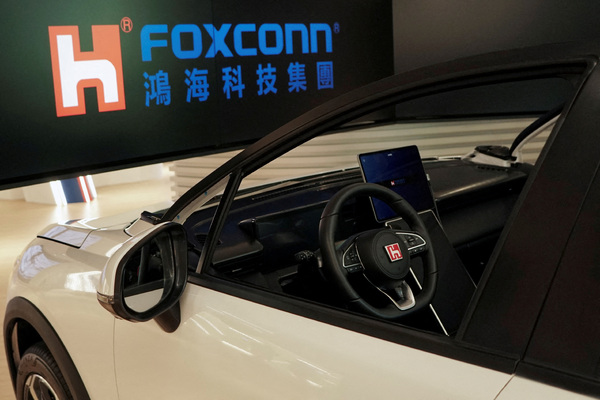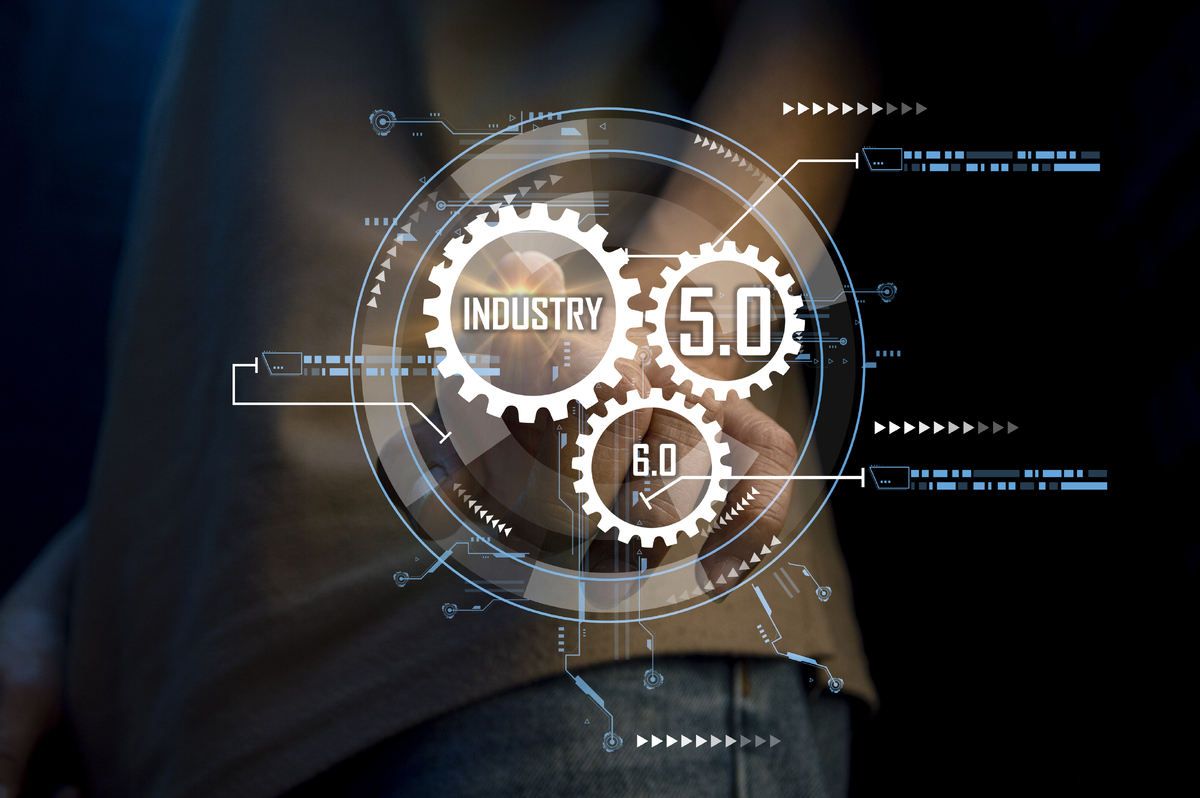Why vertical farming – and digitalisation – could be an answer to food shortages
Sponsored by Schneider ElectricVertical farming technology has the potential to provide advanced support to farmers who want to make an impact in food sustainability.

As global populations grow, food security is becoming more urgent. And traditional agriculture, which is susceptible to weather patterns and reliant on arable land, is struggling to meet existing crop production before even considering this increasing demand.
The UK is also set for further harvest challenges, as highlighted by recent by recent Defra analysis, which shows that the wettest winter on record since 1836 will likely reduce crop yield, with the bad weather from 2023 causing a reduction in fruit and veg production.
Vertical farming aims to overcome such unpredictable weather concerns by cultivating crops indoors, in vertically stacked layers. A controlled environment enables food production close to the final consumer, even in cities where land is scarce. It aims to support traditional farming to meet year-round consumer needs and share the load, producing salad leaves, herbs and high-value crops while traditional agriculture tackles bulkier crops. The idea of vertical farming is not new, but recent developments in next-generation automation and robotics are making it more viable by breaking down barriers that have hindered development so that the sector can realise its full potential in a sustainable way.
Reducing cost and complexity
So what are the technology barriers associated with vertical farming? As with most advanced technologies, the first barrier is always start-up costs. That includes the cost of assets, which start at a higher price point than traditional agricultural equipment.
Another major challenge is in energy usage, and there are two aspects to this. The first is that the vertical farming process is complex and leaves very little room for error. In some cases, entire crops can be lost if watering and lighting is disrupted by an unstable energy source.
In addition, vertical farming requires multiple energy-intensive systems to continuously operate, which can present a challenge for growers who want to trade on their sustainability credentials while remaining profitable. Energy prices in the UK can fluctuate based on global markets which, for a process that requires consistent and secure power, can significantly impact a business.
A dedicated digital partner can help businesses combat these challenges by deploying a digitalisation strategy that reduces cost from the investment stage and throughout operations and maintenance, while maximising the use of every energy resource. Smart IoT-enabled equipment empowers operators to collect data from artificial lighting, heating, cooling, hydroponics, monitoring, control and irrigation into a single digital environment. This provides simple control over a complex environment.
By embedding artificial intelligence into each asset of a vertical farm, operators can track asset health and use predictive maintenance approaches. These actively reduce the high costs associated with maintenance while extending the lifespan of smart assets. Leveraging asset data also reduces energy costs and emissions by integrating with building management systems to identify energy-saving opportunities. Clever use of data at every stage in the process enables growers to efficiently use every resource.
These digital capabilities offer a direct solution to reducing both the initial investment and operating costs, removing one of the biggest barriers to the development of vertical farming.
Why now?
The key to success in vertical farming is having the agility to react to customer trends, and combining this with consistency to deliver produce year-round in a sustainable controlled environment. This puts a lot of strain on traditional farming methods, especially when growing produce out of season, which requires additional energy for heating and lighting.
Consumers expect a high level of availability, quality and variety in the supermarket, but they’re becoming more aware of sustainability. A 2023 report showed that 55 per cent of consumers are willing to pay more for sustainable food products. Combining all these elements presents an opportunity for vertical farming to support traditional farming. Together, they can meet consumers’ needs for year-round quality produce, while improving profitability and contributing to the collective effort of industrial decarbonisation.
Future population growth will call for increased production in the food and beverage sector and beyond. The controlled environment that vertical farming provides is also ideal for cultivating medicinal plants with high consistency and quality – essential in pharmaceutical production. By adopting sustainable energy management and automation, vertical farms can not only help secure the world’s food supply but also play a pivotal role in advancing pharmaceutical production.
Taking action
To unlock the potential of this new agricultural method, vertical farmers must find a way to combine complex automation and the latest digital capabilities. Three approaches will help.
First, vertical farmers can use the data already being captured by IoT-enabled assets. Tracking and analysis of operational data will continuously monitor the condition of equipment, enabling maintenance teams to take action before an issue occurs. Predictive maintenance is already being used across multiple sectors but is especially beneficial to vertical farming, where unplanned changes in the growing environment can result in entire crops being lost.
Second, the same asset data also provides insight into how energy is used. It offers options to seamlessly integrate wider systems that may impact the process, such as building management, to ensure optimal growing conditions.
Third, reliable data opens a door for vertical farmers to harness renewable energy by integrating solar panels, wind turbines and battery storage. An energy management partner can use microgrids to integrate multiple energy resources while optimising costs. Microgrid systems can compare generation and loads, and monitor the cost of energy on the grid to optimise when and how electricity is used. For example, it can cut consumption with automatic load shedding, participate in demand-side response, or sell excess energy when prices are high. Ultimately, the data can help to save capital that can then be used for future infrastructure investment.
While the perceived cost of building and operating a vertical farm may seem high, the technology to reduce that cost and realise the full potential of the process is already available. It can be integrated, whether a vertical farm has been purpose-built with the very latest robotics, or its operator is looking to improve processes to meet consumer demand.
Vertical farming will play a key role in feeding the ever-growing global population, which is estimated to exceed 10 billion by 2050. To do so requires this emerging process to work together with traditional farming to meet increasing demand. Furthermore, vertical farmers should seek partnerships with technology and service providers that have sustainability at their core. With that in place, growers can mitigate the initial investment cost while future-proofing operations and ensuring all products are created as sustainably as possible.
Find out more about the future of farming here
by Louise Liddiard, Key Account Manager – CPG Segment (Food & Bev), Schneider Electric
About Schneider Electric
Schneider’s purpose is to create impact by empowering all to make the most of our energy and resources, bridging progress and sustainability for all. At Schneider, we call this Life Is On.
Our mission is to be the trusted partner in sustainability and efficiency.
We are a global industrial technology leader bringing world-leading expertise in electrification, automation and digitisation to smart industries, resilient infrastructure, future-proof data centres, intelligent buildings and intuitive homes. Anchored by our deep domain expertise, we provide integrated end-to-end lifecycle, AI-enabled industrial IoT solutions with connected products, automation, software and services, delivering digital twins to enable profitable growth for our customers.
We are a people company, with an ecosystem of 150,000 colleagues and more than a million partners operating in over 100 countries to ensure proximity to our customers and stakeholders. We embrace diversity and inclusion in everything we do, guided by our meaningful purpose of a sustainable future for all.

Business Reporter Team
Most Viewed
Winston House, 3rd Floor, Units 306-309, 2-4 Dollis Park, London, N3 1HF
23-29 Hendon Lane, London, N3 1RT
020 8349 4363
© 2025, Lyonsdown Limited. Business Reporter® is a registered trademark of Lyonsdown Ltd. VAT registration number: 830519543





